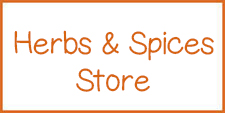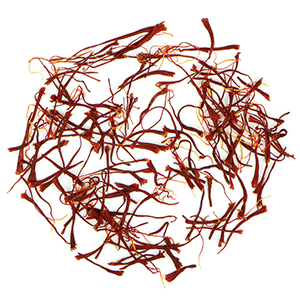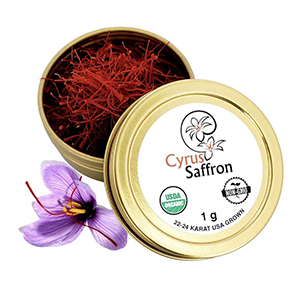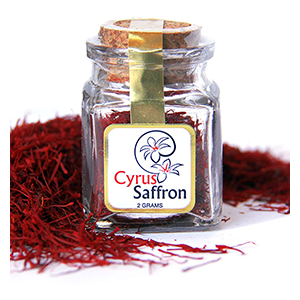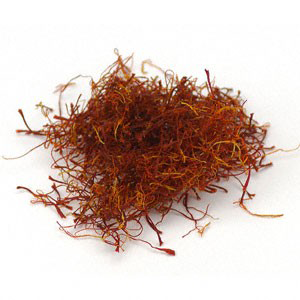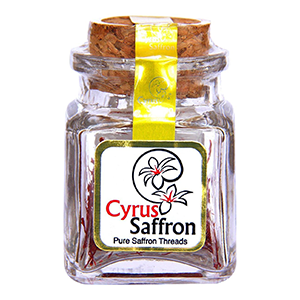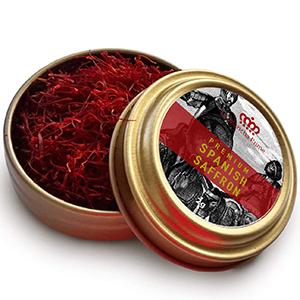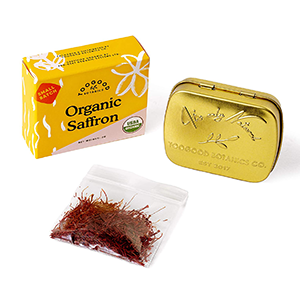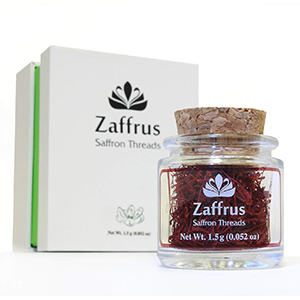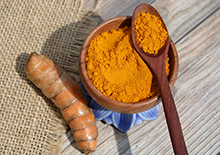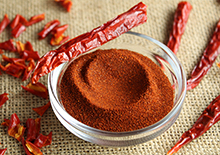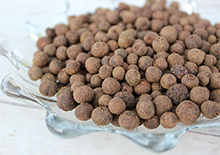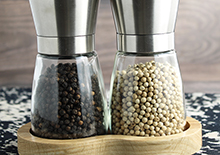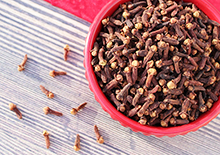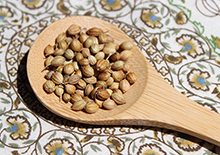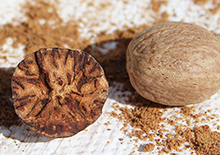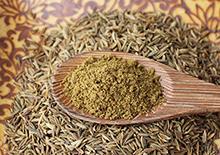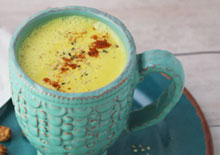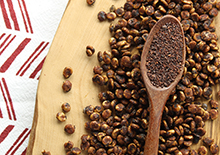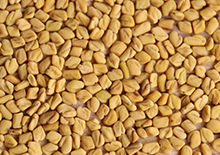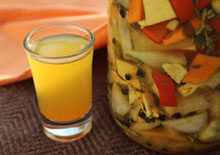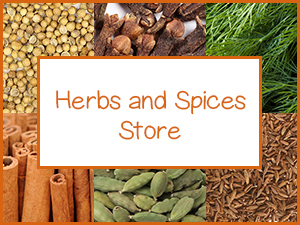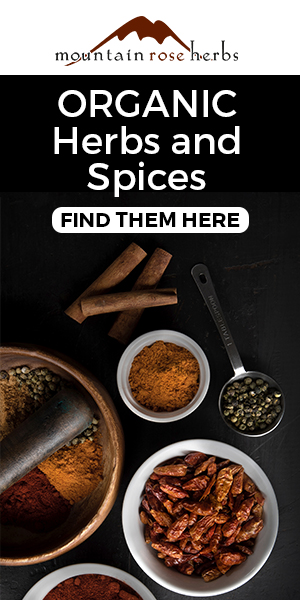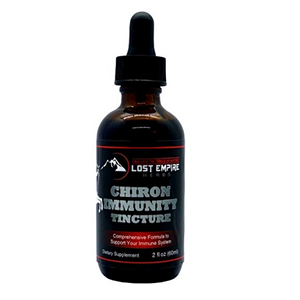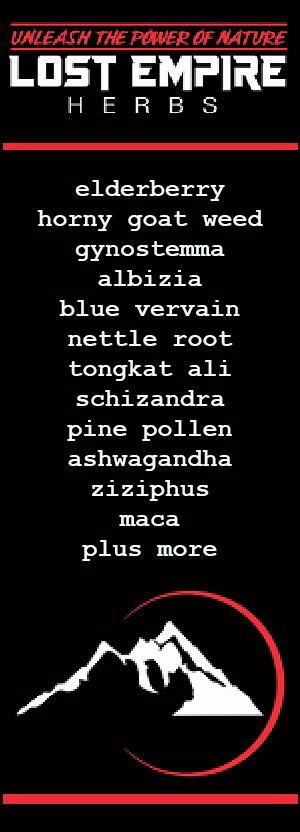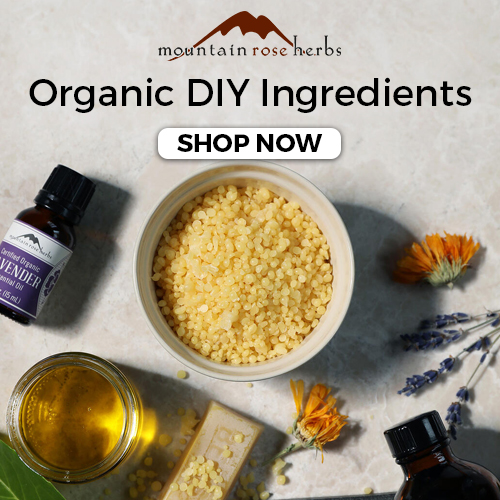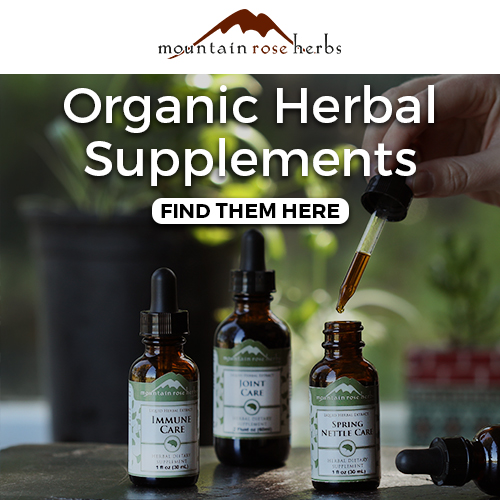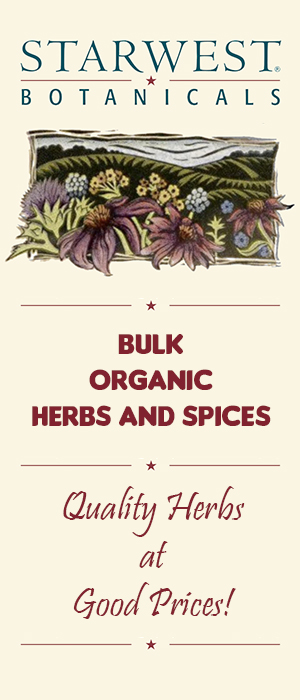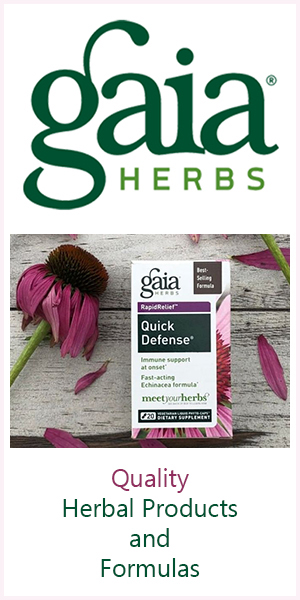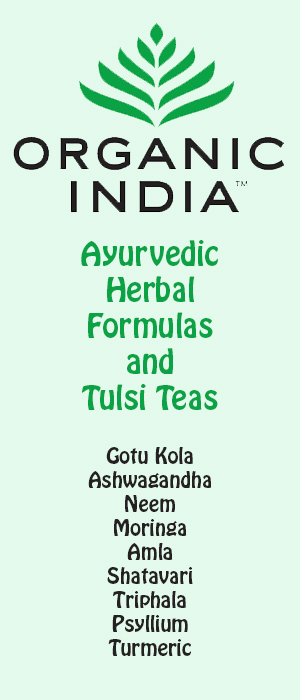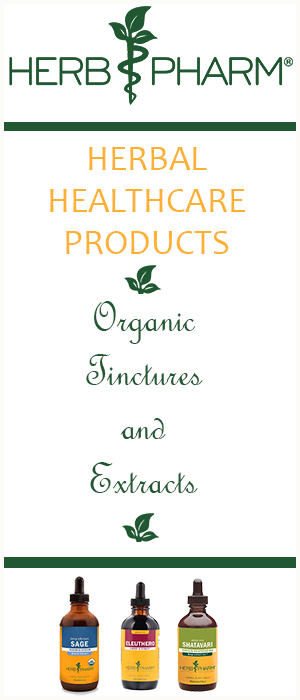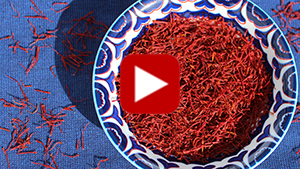- Home
- Herbs and Spices
- What is Saffron?
What is Saffron? Why It's Called "Red Gold"
What is Saffron? | Gold of Spices | About Saffron Adulteration | Selecting Best Saffron | Health Benefits | How to Prepare | Precautions | Shop
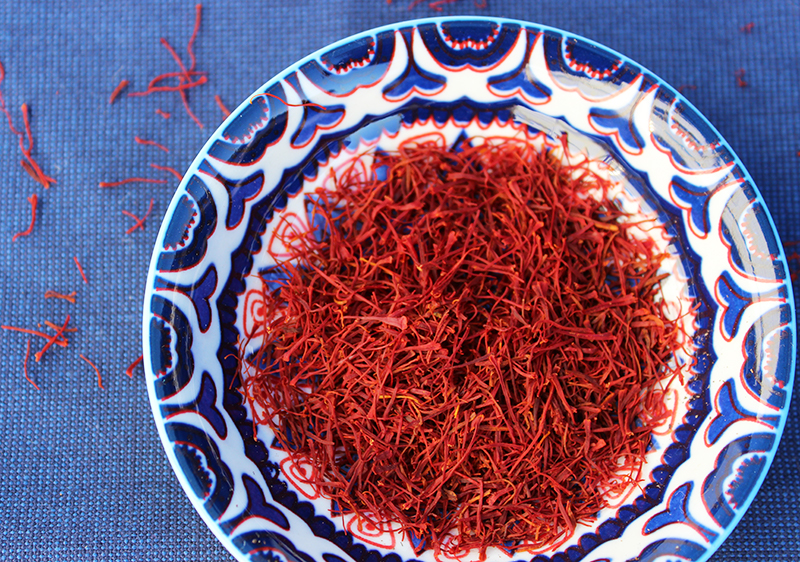
Saffron is the stigma of the domesticated purple crocus flower species Crocus sativus, a member of the iris family.
After harvested and dried, the long trumpet-shaped stigmas are often referred to as "threads".
They are the most potent when they have reached a deep orange-red color.
Table of Contents
What is Saffron? | Gold of Spices | About Adulteration | Selecting Best Saffron | How to Prepare | Health Benefits | Precautions | Shop
As one of the world's most highly prized spices, its cultivation and distribution has a long storied past dating back to many ancient civilizations. Its historical use thus extends over many diverse continents and cultures.
Some of the leading producers of top quality saffron are Iran, Spain, Kashmir, Afghanistan and Greece.
We will discuss more on the hot topic of saffron adulteration, how to select the best quality and what saffron is good for from a health perspective, but first, why is saffron called the "gold of spices" or "red gold"?
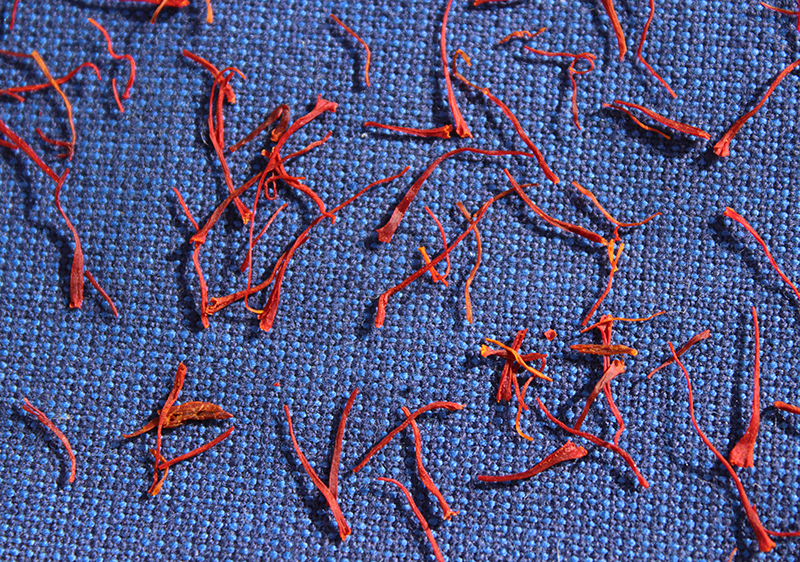
2 Reasons Saffron is Compared to Gold
1) Unique Color and Taste
2) Most Expensive Spice
1) Saffron's Unique Color and Taste
One of the most cherished culinary aspects of saffron is its golden color and deep flavor profile when heated, imparting a unique element to many recipes when used as a food seasoning.
The orange-red stigmas are very concentrated in the main carotenoid pigment known as crocin. You only need to use it sparingly in foods to release the bright yellow to orange hue.
Beware that, like turmeric, this pigment can act as a natural dye, staining hands and clothing.
Its special and extremely revered fragrance and taste qualities come from the compounds known as safranal and picrocrocin, producing what is often described as a clean hay-like aroma and a subtle yet distinct earthy floral taste. Too much saffron, however, can produce an overly pungent bitter flavor.
Saffron threads when utilized as a food flavoring need heat and hydration, plus a little time to "bloom" and release their true potency.
Grinding them in a mortar and pestle and adding a small amount of hot liquid is a traditional preparation method. Or, they can be added directly to liquid-based sauces, soups, broths, gravies or when cooking grains like the classic "saffron rice".
2) Saffron is the Most Expensive Spice
Once claimed to be worth its weight in gold, saffron has long been the world's #1 most expensive spice. While today it's not quite as much as gold, it is symbolically comparable.
There are a few reasons it is so expensive.
- Blooms Once Per Year - Crocus flowers bloom for several weeks out of the year in the fall season. When stigmas are deep orange-red and fully mature they only have a short period of fewer than 2 days in which they need to be collected.
- Only 3 Stigmas - Each purple blossom only yields 3 stigmas each. Being very light-weight, it takes roughly about 150 crocus blossoms to produce only one gram of saffron threads.
- Hand Harvested - Harvesting saffron stigmas can only be achieved through hand-harvesting them one by one and is therefore very labor-intensive.

Luckily, a small amount of saffron goes a long way to spice up a dish, usually about a pinch of between 8-10 threads.
Saffron is commonly sold by the gram which can range in price depending on the source and quality.
The
current 2022 prices we have come across seem to range from 8 to 19
dollars per gram. How much is in a gram? Some say about 450 threads (⅜" to ½" in length) on average.
About Saffron Adulteration
Because of its high price tag, saffron adulteration has an extensive historical reputation going back to the Middle Ages.
In the olden days, altering saffron to increase the price was actually outlawed with fines, imprisonment and sometimes even execution. This was under the legal Safranschou code established in Nuremberg, Germany, once the center of the European saffron trade.
Unfortunately, counterfeit saffron is a trend that continues in modern times. This is because it is easy to alter by using additives to increase its weight and volume as well as using dye colorants to increase its most valued red color.
6 Ways to Select the Best Saffron
In our research on saffron, we have come across a plethora of online suppliers advertising "high-quality" "deep red" or "all red stigmas" as well as using the terms "organic" sometimes very loosely. So, which one do you choose and how do you know it’s the real deal?
When initially trying to select an authentic trusted brand to add to your herb and spice arsenal, we have concluded that there are a few things to consider.
1) Lab Certification
Any online company you are thinking
about purchasing from should be fully transparent about their purity
testing. Most high-quality authentic saffron will provide this and/or lab
certification by the ISO or the "International Organization of
Standardization" that regulates most of the saffron industry.
These
standards are usually referred to as ISO 3632 and graded from I to IV,
with I (>190) being the finest quality with all red stigmas and no yellow styles.
The highest grades of Iranian saffron are referred to as "Sargol" and "Negin".
In Spain, saffron labeled as Coupe (>190) and La Mancha (>180–190) are the highest grades.
These testing standards are a measurement analysis of three different aspects of the saffron thread.
- Crocin - the color
- Picrocrocin - the taste
- Safranal - the aroma
2) Price
Often, when it comes to this spice, you get what you pay for! Most quality brands only sell the highest grades which are always the most expensive. These are void of any yellow styles.
3) Popular Brands
There are some very well-known brands in top saffron-producing countries that are notably respected for their high quality and flavor. Again, many of these suppliers will often provide laboratory analysis and ISO grade ratings to ensure product purity.
Authentic popular brands you may want to take note of are often choice selections and recommendations from some of the world's top chefs.
4) Visual Authenticity
Visually, a good product will have many whole saffron threads rather than mostly broken-up pieces. In our opinion, it is best to avoid pre-powdered saffron which is easy to adulterate. It's also not as potent as whole threads.
5) Taste Authenticity
Inauthentic threads are adulterated using the cheapest grades which will be evident by the flavor and aroma of the product when heated.
Of course, you have to be familiar with how a good quality saffron tastes to make this distinction. Some companies will provide a "Satisfaction Guaranteed" policy whereby you can get a full refund if you’re not 100% satisfied.
6) Other Trusted Sources
Some of our trusted suppliers, like Mountain Rose Herbs, import quality organic saffron from Spain, while others we also enjoy are cultivated in the state of Washington.
This is USDA certified organic saffron grown by the company Cyrus Saffron also certified by the U.S. Saffron Trade Association. They have a location at the famous Pike Place Market in Seattle if you happen to be in the area.
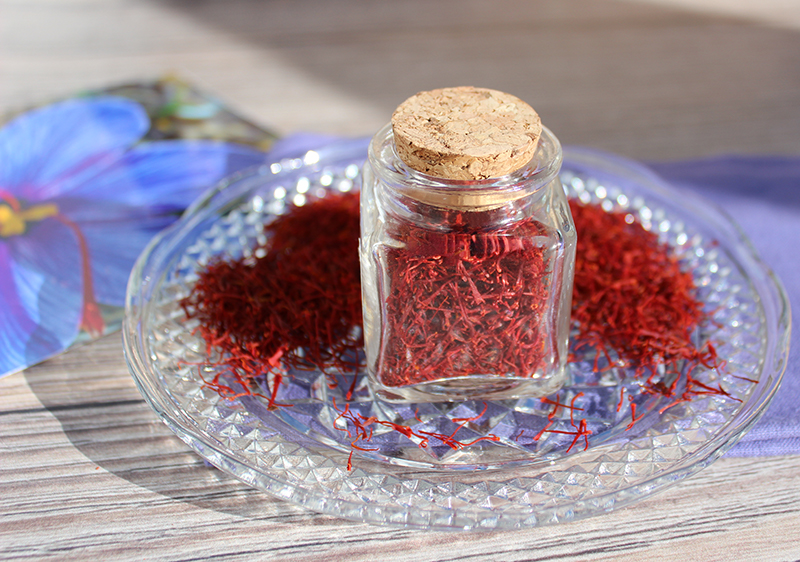
What is Saffron Good For?
One of the frequently discussed benefits of saffron from a health standpoint is its folk use as a potential mood uplifter. Supplementation with saffron extract has in fact been studied in 2022 research for its support to mood and emotional well-being in healthy individuals.
Saffron with its safranal, picrocrocin and the pigmented crocin carotenoids, like zeaxanthin, lycopene and β-carotene, encourage antioxidative attributes and the latter can be healthful nourishment to the eyes. (*)
In Ayurveda, it is classically utilized in medicated ghee as well as infused into warmed milk. The overall energetics of saffron are cooling with a pungent, bitter and sweet quality. It is regarded for its support to healthy blood and metabolism, in addition to being one of the top spices known for balancing Pitta or excess heat in the body.
In the Yoga of Herbs, is it reported to be especially influential to the female cycle, often used with other herbs like shatavari. Some unofficially relate this aspect to the fact that it comes from the stigma or female organ of the crocus flower. Likewise, in some herbal folklore, it is considered to have properties as an aphrodisiac.
How to Use Saffron, Main Preparation Methods
1) Mortar and Pestle
Grinding saffron threads down in a mortar and pestle is a very popular way to prepare saffron for culinary use. To release the flavor and color of this precious spice it needs to come into contact with heat. Just dropping the ground powder onto cold foods isn't going to extract its true potential.
Take a pinch of threads (8-15) and break them down into a fine powder. Some people add a little salt or sugar at this stage. This powder can be mixed into heated liquids, broths or gravies. Most chefs however mix in a couple of tablespoons of hot water directly and immediately use drops of this mixture in recipes. Saving some to add at the end is customary to intensify the flavor.
2) Hot Liquid
The next method for preparing saffron is to crunch up a pinch between your fingers (or use them whole) and cover with a small amount of hot water and steep like a tea. It can also be infused into warmed dairy or non-dairy milk, heated olive oil or a melted cooking fat like clarified butter.
Once it comes into contact with these heated liquids it will slowly, over a 15-20 minute period, become potently aromatic and a deep golden color. It is best to use lower temps between 160°F (71°C) and 170°F (77°C) to preserve saffron's unique taste qualities.
3) Add Directly
Saffron threads can be added directly to recipes that are broth or liquid-based, like sauces, soups or gravies. It needs a little time to "bloom". A pinch stirred into these slow-cooking foods will coax out the subtle flavors and intense color saffron is known for.
4) Dry Toasting
In some traditions, saffron is pre-heated by toasting the threads in a hot skillet on medium heat, stirring frequently for about one to two minutes. They are usually left whole or ground and set aside for a few minutes before incorporating into recipes or liquids.
Precautions:
We
recommend that you seek the advice
of a qualified healthcare practitioner before using saffron on a regular basis, particularly if you are pregnant, nursing,
taking prescription medications or if you have a serious health
condition.
Shop Related Products (About Affiliates & Amazon Associate Paid Links)
Affiliate Disclaimer: This section contains affiliate product links. If you make a purchase through our recommended links, we receive a small commission at no additional cost to you. Thanks for the support.
